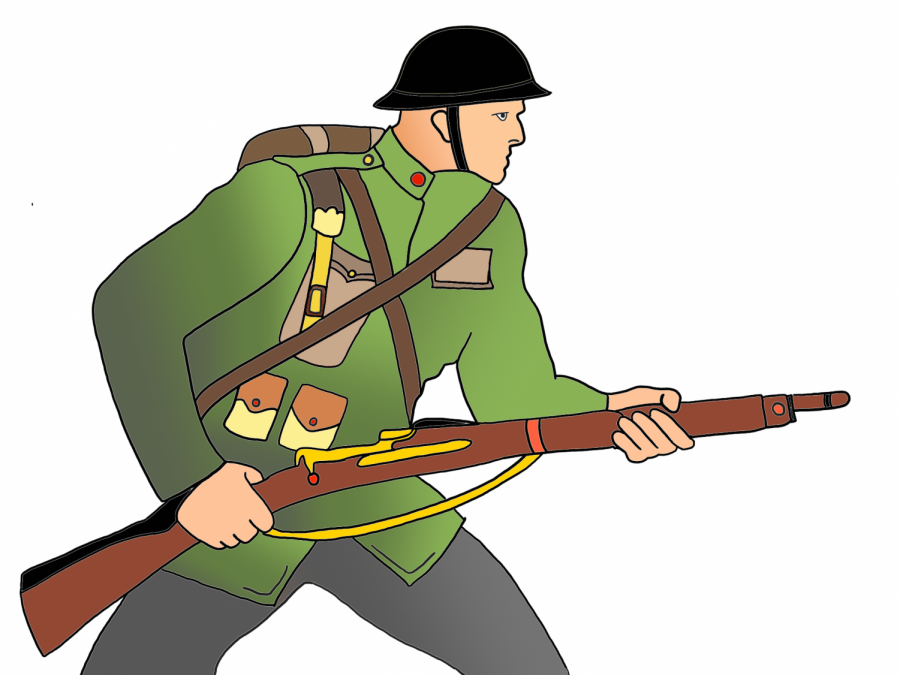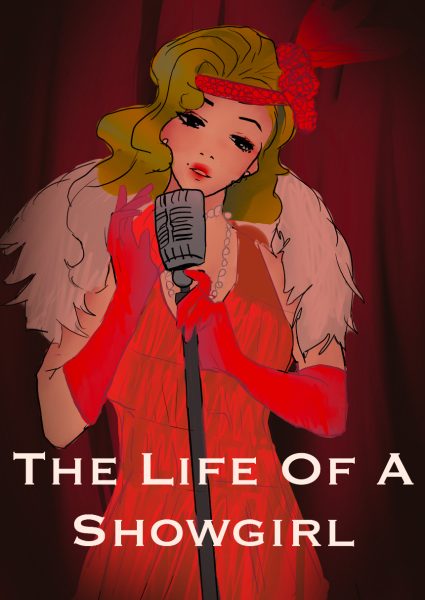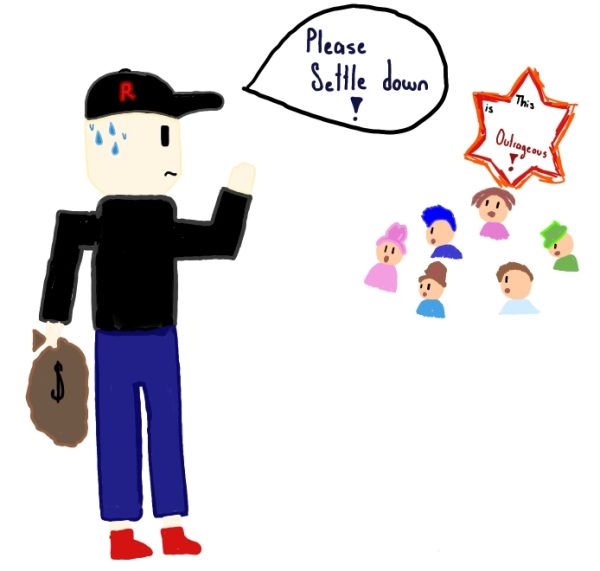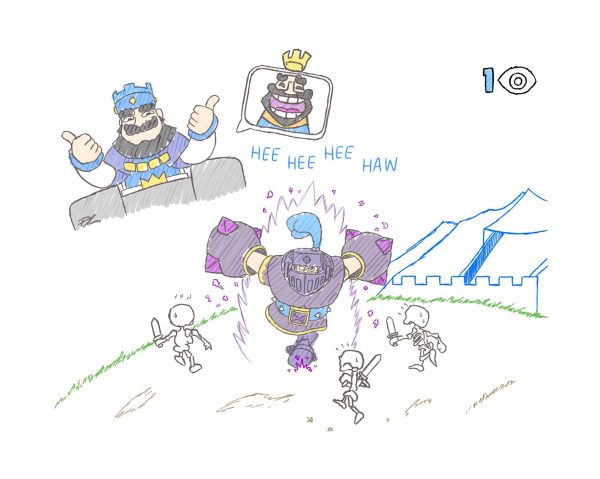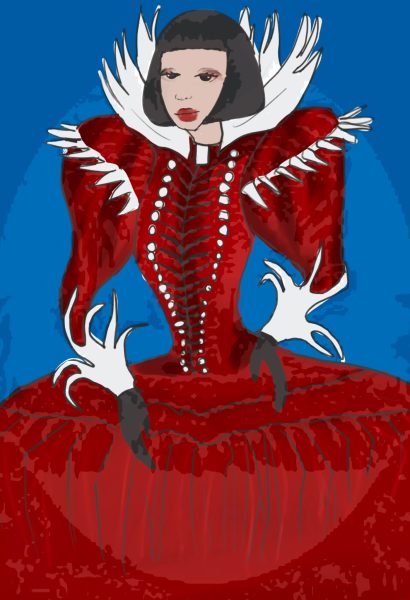Changes in special effects help to vividly depict war realities
The centennial anniversary of WWI, otherwise known as “The Great War,” occurred last year. Throughout the decades, Hollywood has made many films about WWI and the resulting struggles that people endured. Along with showing the hardships of war, the movies use a variety of special effects which amplify the experience of the film. One of the first known WWI films ever made, called “Wings,” actually won an Academy Award. This film was made in 1927 in a time where being realistic was not popular. Often times in older war movies the directors would often want the actors to be over-dramatic for the audiences’ enjoyment. Also, this film was silent, which means it had no music or any special effects. It was just a raw facial expressions. As technology improved, Hollywood started to see more usage of special effects. In 1957, Stanley Kubrick created a war movie masterpiece titled “Paths of Glory.” In this film, there are many anti-war undertones because it was created during the Vietnam War. He attempts to use a moving camera, which tries to capture every characters’ expression and feeling in the film. In early WWI war films, there is often more of an emphasis on trauma because many of the viewers had been veterans from either World War. As technology improves, the sets and the sound effects start to become more and more realistic. In the British film King and Country, made in 1964, many different and eccentric special effects are used in the creation of war-torn London. In addition, a fake skeleton and a fog machine were even put in the beginning of the movie to portray a dark and foreboding atmosphere. 56 years later, the WWI movie 1917, has come out with the most creative and clever use of cinematography. It has been nominated for ten Oscars, while it ended up only winning three. The director of the film, Sam Mendes, came up with this idea through hearing about his grandfather’s experience fighting in the trenches on the Western Front. The movie is about two Corporals, William Schofield (George Mackay) and Tom Blake (Dean Charles Chapman), who are on a mission to prevent another squadron from accidentally entering German lines. In the film, every shot looks like it is in motion and connected with each other. Eventually, all of these shots look like they could be one long shot. Also, the use of real explosives makes the movie seem genuine, historic and real. The actors show their genuine reaction to the explosives, instead of having a rehearsed reaction that does not conjure raw emotion. As the decades go by, the filming technology and elements of the films grow more intricate and detailed. The movies become more and more realistic years pass. It is clear that these films can help us never forget the horrible tragedy of WWI.
Your donation will support the student journalists of Saint Viator High School. Your contribution will allow us to purchase equipment and cover our annual website hosting costs.



